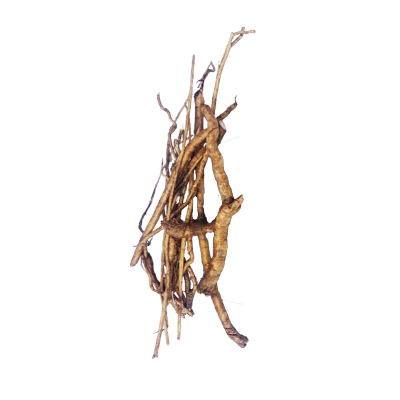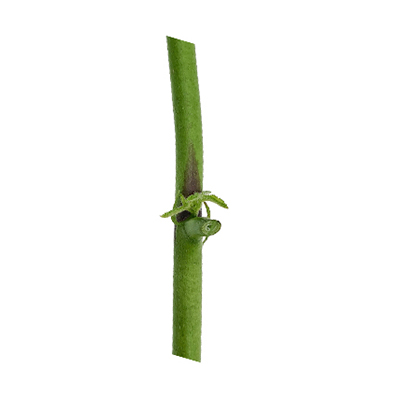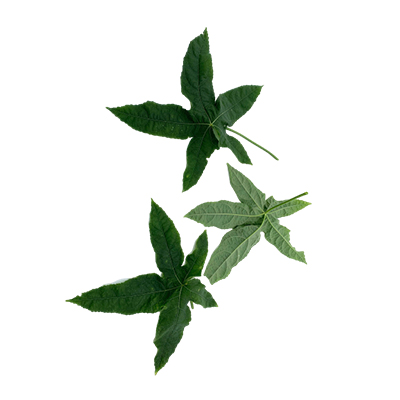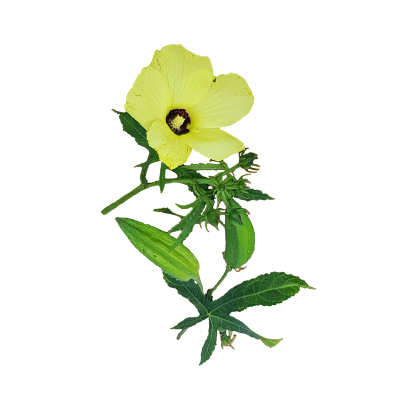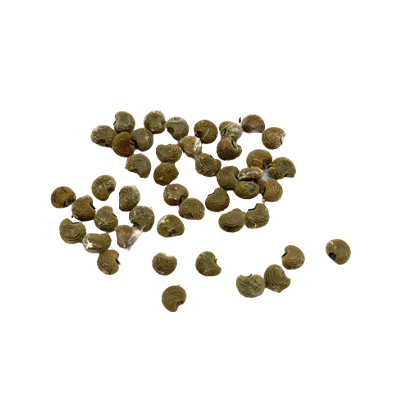Musk Mallow
Abelmoschus moschatus Medik.
Malvaceae
Location in our garden
Principal
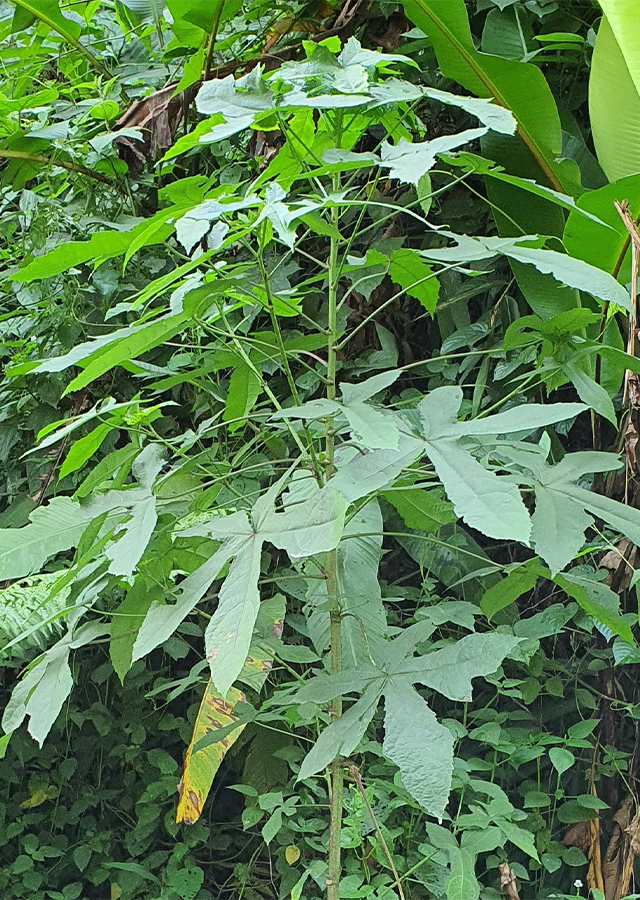
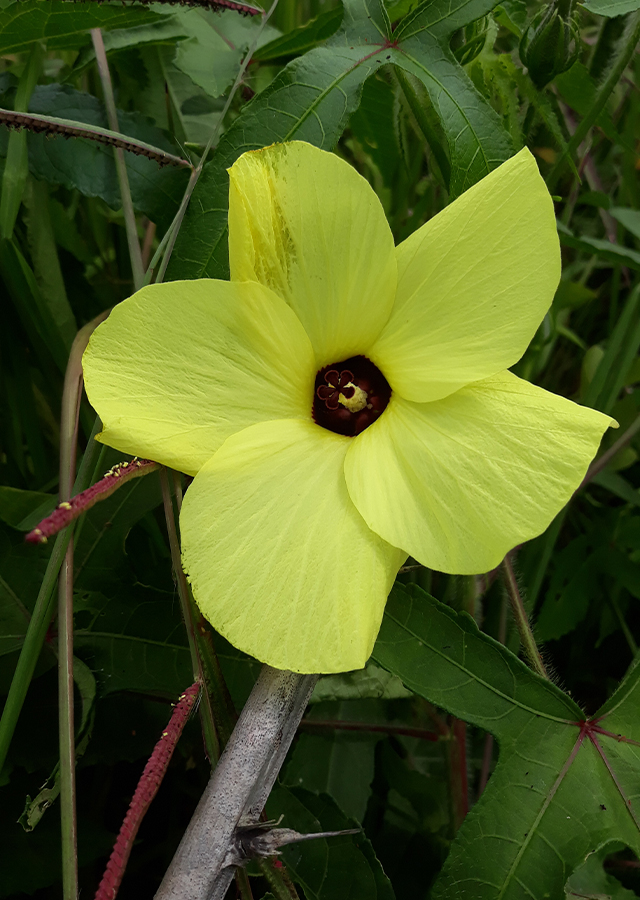
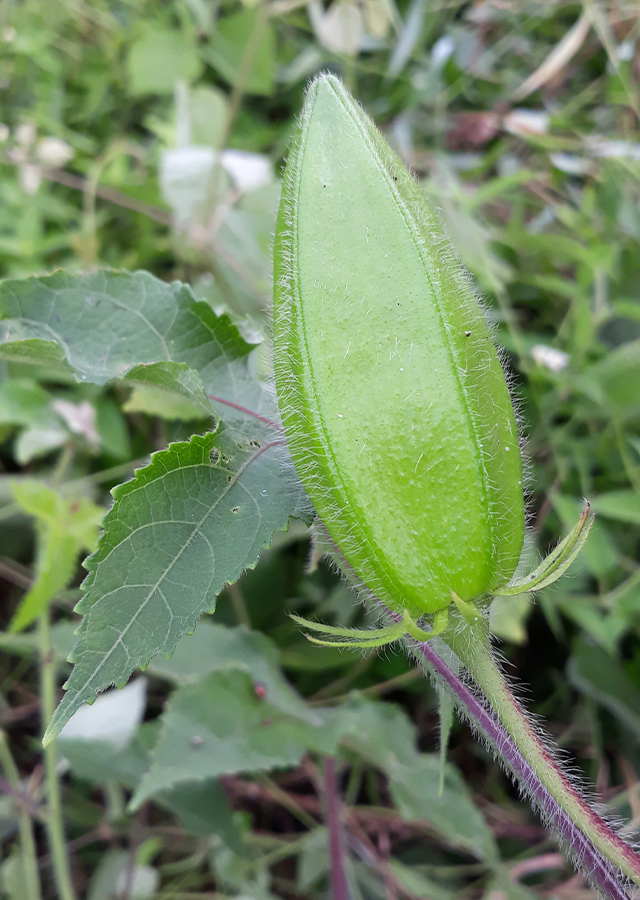
Synonym
Abelmoschus abelmoschus (L.) H.Karst.
Abelmoschus betulifolia Wall.
Abelmoschus chinensis Wall.
Habitus
Shrubs. An annual to perennial shrub, erect, and growing up to 2 m tall. The whole plant is hairy and the stem is usually solid, sometimes hollow; the shoot tip and petioles have many sharp bristles, rarely sparsely hairy or glabrous.
Part Used
Leaves
Seeds
Bark
Flowers
Roots
Growing Requirements
Full Sunshine
Habitat
Wetland
Riverbanks
Coastal
Roadside
Grassland
Overview
Musk mallow is native to Tropical Asia and includes China, the Indian subcontinent, Thailand, Cambodia, Laos, Vietnam, Malaysia, Indonesia, New Guinea, the Philippines, and northern Australia. Outside its natural habitats, this species is viewed as a weed. It is ornamental and is also classified on several islands in the Caribbean as "widespread" and "potentially invasive" and has been introduced to South American countries.
Vernacular Names
Ambarina (Cuban), Bisamstrauch (German), Jangli bhindi (Indian), Ambretta (Italian), Kapas hantu (Malay), Abelmos (Dutch), Chamot-ton (Thai).
Agroecology
A tropical and subtropical crop, grown in humid, temperate zones. Easily grown in a sunny location in most fertile, well-drained soils. Average annual precipitation in the range of 1,000-1,400 mm is preferred, but 900-1,500 mm is tolerated. A pH in the 5.5-7 range is favored. Grows best in areas where annual daytime temperatures are within the 20-30 °C range, but can withstand 10-35 °C.
Morphology
- Stems - usually solid, sometimes hollow; the shoot tip and petioles have many sharp bristles, rarely sparsely hairy or glabrous.
- Leaves - simple, alternate, hairy, very variable in size and shape, 6–22 cm × 8–24 cm; the lower leaves are orbicular to elliptical. The petiole is 6–30 cm long; stipules are linear–filiform and with simple hairs
- Flowers - hermaphrodite, large, showy, axillary and solitary; the pedicel is 2–19 cm long, solitary, axillary, large, 3-4 inch, bright yellow, with a purple center.
- Fruits - a dry, dehiscent capsule, many seeded, ovoid or globose, with stiff hairs, black or dark brown when dry.
- Seeds - reniform, 3–4.5 mm long, mostly glabrous, concentrically ribbed, and somewhat warty.
- Roots - a taproot or tuberous root.
Cultivation
- Propagation is by seeds and cuttings.
- Seed is sown 1-2 cm deep, under favourable conditions, germination commences 4-15 days after sowing, and is complete after 15-30 days.
Chemical Constituents
Seeds: ambrettolic acid, β-sitosterol-β-D-glycoside, farnesol, furfural. Dry leaves: β-sitosterol, β-D-glycoside. Flowers: β-sitosterol, myricetin, glycoside.
Traditional Medicinal Uses
- The seeds, for their diuretic, demulcent, and stomachic properties, are medically prized. They are also calming antiseptic, cooling, tonic, carminative, antispasmodic.
- The root is effective for the treatment of blennorrhagia and leucorrhoea.
- The leaves are febrifugenic and anti-inflammatory.
- It cleanses the urinary bladder, functions as an aphrodisiac, and is helpful for eye conditions.
- Roots and leaves are supportive in treating gonorrhea.
- Bark paste is applied to bruises, fractures, and sprains.
- Leaves and roots are used for headaches, rheumatism, varicose veins, fever, and gonorrhea.
- Seeds are chewed as an antiseptic, cooling, tonic, carminative, nervine, stomachic, stimulant, and to sweeten the breath.
- For the treatment of depression and anxiety, the essential oil is used in aromatherapy.
- The grated root, combined with tallow, is applied to infected nail-pricks and thorn-pricks as an ointment
Part Used
Reference Sources
- CABI. (2020). Invasive Species Compendium (Abelmoschus moschatus). https://www.cabi.org/isc/datasheet/1951.(Accessed 09-10-2020).
- Health Benefits Database. (No date). Musk mallow uses and benefits. https://www.healthbenefitstimes.com/musk-mallow. (Accessed 09-10-2020).
- Fern, K. (2014). Useful Tropical Plants Database. Abelmoschus moschatus. http://tropical.theferns.info/viewtropical.php?id=Abelmoschus+moschatus. (Accessed 09-10-2020).
- Akbar, S. (2020). Abelmoschus moschatus Medik (Malvaceae). https://link.springer.com/chapter/10.1007%2F978-3-030-16807-0_2. (Accessed 21-12-2020).
